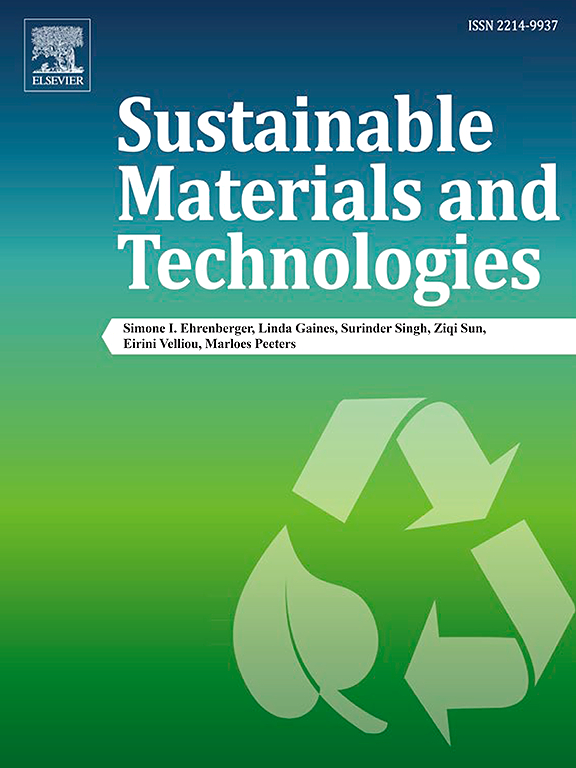From abundant resource to critical commodity: Forecasting manganese supply and assessing its sustainability
IF 8.6
2区 工程技术
Q1 ENERGY & FUELS
引用次数: 0
Abstract
Manganese, despite being one of the most abundant elements in the Earth's crust, has been designated as a critical raw material by numerous countries due to its irreplaceable role in modern applications. Manganese demand is projected to rise due to the deployment of renewable energy technologies. However, its future supply relative to projected demand has not been thoroughly considered. Increasing material demand, geopolitical tension, an asymmetric manganese market, and a displacement of supply risks from other materials to manganese (via substitution) motivate for a thorough examination of the potential future outcomes of manganese supply and sustainability. We provide an analysis of the future supply and demand of manganese, its implications and provide some recommendations in the context of energy and material sufficiency. In summary, we offer a: (1) systematic review of manganese and its mineral value chain; (2) a set of data-driven production forecasts, at regional to global scales; (3) scenario analysis of four end-member scenarios of the supply and demand system; and (4) broad geographical analysis and policy recommendations. Our forecasts used production data from 1929 to 2022, employing multiple forecasting methods. Forecasts indicate potential production increases in top-producing countries such as Australia, Gabon, Ghana, India and South Africa. Conversely, Western nations face potential shortages due to declining manganese extraction and rising demand for renewable energy technologies. Meanwhile, BRICS nations, with growing production capabilities and a broader base of producing countries, are likely to maintain a secure supply. Pragmatic and system-level policies, such as increasing lifecycle times, decreasing energy costs to improve recycling rates, and fostering peace through trade can enhance manganese sustainability.

求助全文
约1分钟内获得全文
求助全文
来源期刊

Sustainable Materials and Technologies
Energy-Renewable Energy, Sustainability and the Environment
CiteScore
13.40
自引率
4.20%
发文量
158
审稿时长
45 days
期刊介绍:
Sustainable Materials and Technologies (SM&T), an international, cross-disciplinary, fully open access journal published by Elsevier, focuses on original full-length research articles and reviews. It covers applied or fundamental science of nano-, micro-, meso-, and macro-scale aspects of materials and technologies for sustainable development. SM&T gives special attention to contributions that bridge the knowledge gap between materials and system designs.
 求助内容:
求助内容: 应助结果提醒方式:
应助结果提醒方式:


